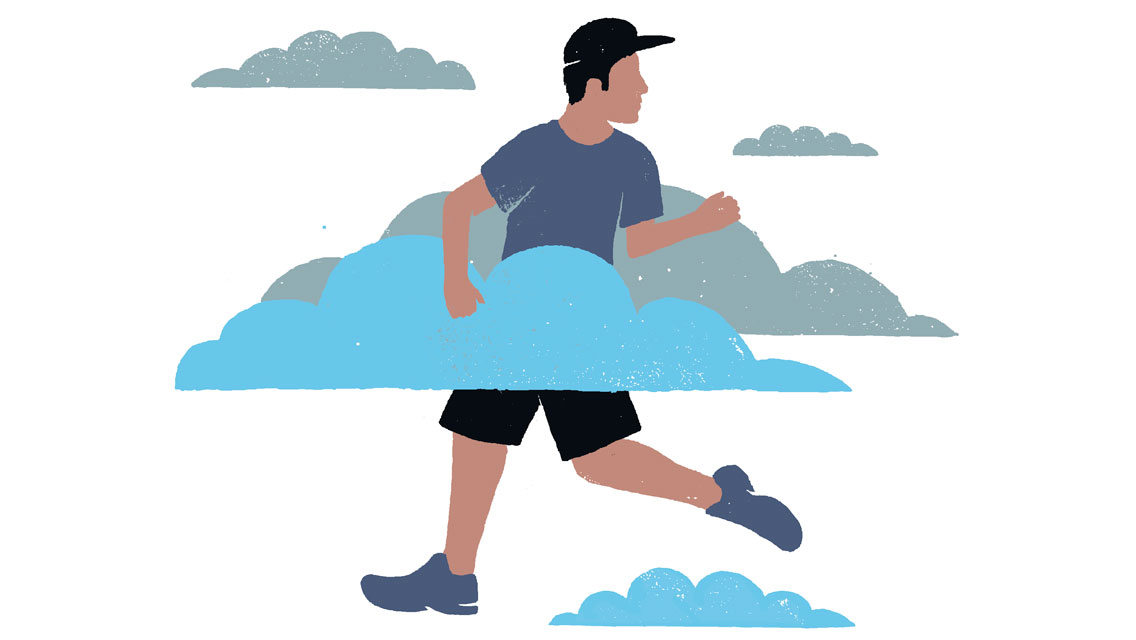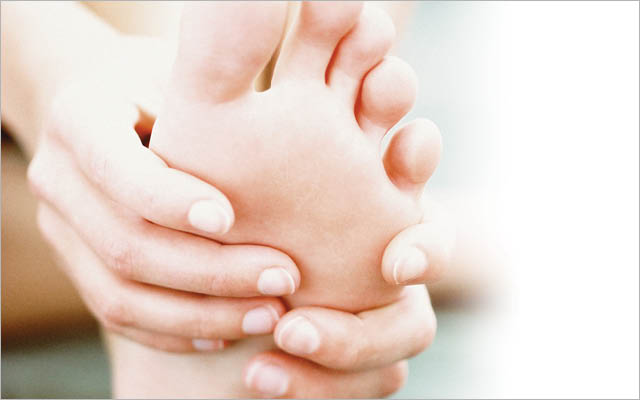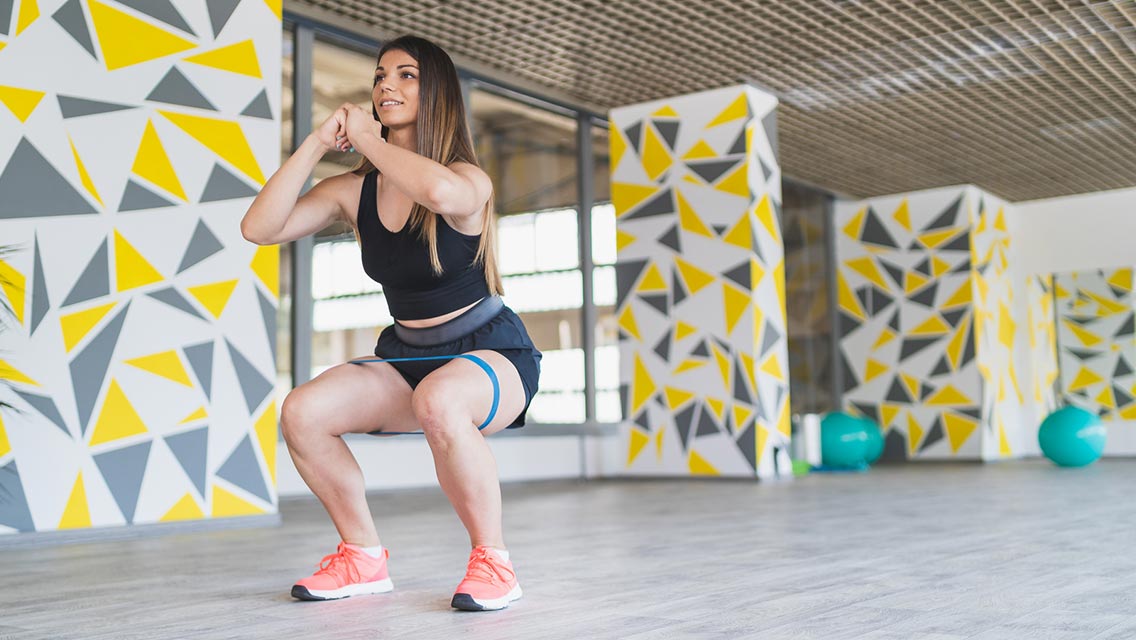Cultures that routinely wear shoes have higher incidences of foot deformities and pain than cultures that go barefoot, says podiatrist Paul Langer. In an ideal world, we’d all be safe and comfortable walking around barefoot all the time, he says. And while there are some ways to increase time without shoes, very few of us can reasonably give them up completely. With that reality in mind, here are some of our experts’ top tips for minimizing the adverse effects of shoes.
Beware of lifted heels. Many shoes, including running shoes, are designed to prop your heel up. “It’s like you’re standing on a ramp,” explains performance physiotherapist Mike Gauvreau, and it ultimately changes the way you move.
High heels and even athletic shoes with a lift, such as supportive sneakers and weightlifting shoes, place your ankles and calves in a shortened position, ultimately creating more tension. This can cause trouble with extended use. Save dress shoes with higher heels for special occasions, and limit the use of athletic shoes with a lift by mixing in lower- and no-heeled sneakers.
Steer clear of flip-flops. “Shoes that make your foot hold on — instead of the shoe holding on to your foot — create tight, stiff feet,” says Lynn Shuck, an Eischens Yoga teacher based in Minneapolis. This can result in plantar fasciitis, tight hamstrings, and back pain, among other issues. Choose shoes that have a secure heel strap or well-fitting enclosed heel.
Avoid crowding your toes. Many shoes are too narrow — especially in the toe box — and compress your tarsal and metatarsal bones (the toes and the bones in your forefoot). If you compress your feet long enough, your mobility becomes limited, says Shuck. “If I’d worn gloves on my hands for 50-plus years, they wouldn’t move much. That’s what we’ve done with our feet.” Again, high heels and dress shoes are often the culprits, if they have a narrow toe box. Look for shoes with ample width so your toes can flex.
Don’t go soft. Shoes are often packed with cushioning, which actually weakens your feet over time, and the lack of sensory feedback alters your walking mechanics. Every time your foot hits the ground, it receives signals from the ground via nerve fibers. If you’re wearing shoes with thick padding, your feet need to land harder to pick up that feedback, and you’ll be less mindful of how you’re interacting with the ground. But if your feet are minimally cushioned, you’ll be more aware of how you’re walking. “You’ll wind up walking more naturally and efficiently,” Gauvreau says.
Avoid the quick fix. Runners are especially susceptible to developing pain as a result of their footwear. Interestingly, research suggests that the best way to minimize your risk of foot pain and injury is to choose running shoes based on comfort, as opposed to shoes that “fix” a biomechanical problem.
Runners may be familiar with this scenario: You visit a running store to have your gait assessed. The assessor determines your degree of pronation, or how far your foot rolls inward with each step. If you’re an overpronator, you land on the inside of your foot; if you’re an underpronator, you land on the outside. Neutral pronators land in the middle. The salesperson will recommend a shoe to resolve it, thus helping you avoid injury.
Sounds reasonable, but research has shown that this approach has no effect on injury prevention. A 2015 study of running injuries found no conclusive evidence that pronation had any effect on running-related injuries. Instead, the research authors suggest two alternative models for selecting shoes to mitigate injury risk: the comfort filter and the preferred movement pattern.
Choosing a shoe based on comfort will enable you to maintain your preferred movement pattern, reducing the risk of injury, a model first proposed by biomechanics expert and lead study author Benno Nigg, PhD.
“Our movement patterns are as unique as our signature,” explains Langer, “and anything that causes us to deviate from our preferred movement pattern will cause us to work harder, be less metabolically efficient, fatigue sooner, and increase our risk of injury.”
If you are free of foot pain, he recommends choosing running shoes based on what feels right: “Since comfort and movement patterns are very complex and can’t be measured, we recommend that people try shoes on, make comparisons, and then select the most comfortable shoe.”
This originally appeared as “Choosing the Best Shoes” in “The Best Foot Forward” in the January-February 2019 print issue of Experience Life.




This Post Has One Comment
Really helpful content.